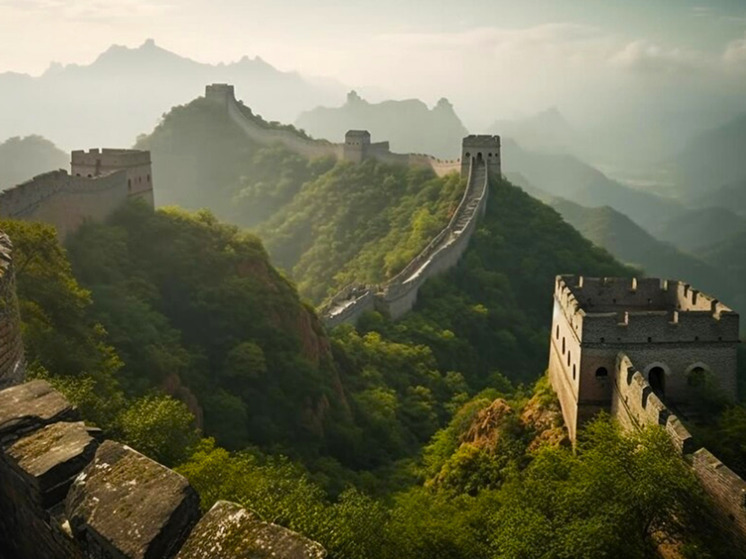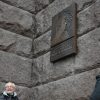The barriers were erected “not only to protect against an impending invasion”
It has long been known that many sections of the Great Wall of China were built for defensive purposes, evoking thoughts of epic battles and armies of warlike neighbors . But a recent study of the “Mongolian arc” of the majestic structure both confirms and complicates this idea. It also allows us to obtain some potentially important information about the socio-political environment of the medieval world of the Celestial Empire.

«Mongolian arc» — it is a crescent-shaped wall built between the 11th and 13th centuries. It crosses the remote Mongolian provinces of Dornod and Sukhbaatar, running parallel to the border between China and Mongolia, and is the least explored section of the Great Wall.
New excavations at the «Arc» may reveal hasty attempts by ancient China to stop rapidly advancing armies, or it may show that the wall was necessary to herd livestock.
Technically experts note that the Great Wall of China – it is not a single structure, but a vast network of long walls, trenches and supporting enclosures built over thousands of years.
The most visited section of the Great Wall of China was built during the Ming Dynasty from 1348-1644. «Mongolian arc» located north of this area and was built about 500 years earlier. It is not as eye-catching as its more stately counterpart. This is explained by the fact that, due to its isolated location and visually unremarkable appearance, the boundaries of the arc have not been studied until now. An international team of researchers combined remote sensing technology and satellite imagery, historical Chinese atlases and Soviet maps, and field work to trace the entire line of the arc wall for the first time.
The border between China and Mongolia has been highly disputed for centuries. and forts and walls were erected on it. The Mongol Arc was built during the early Jin Dynasty.
“This is an area and period very important for Genghis Khan’s rise to power, — notes the project's lead scientist, Gideon Shelach-Lavi. — Our research reveals the process by which the Jin created the wall as a border zone.
Chinese historian Wang Guowei first introduced the «hasty wall construction» hypothesis. in these places in 1921. The latest research has finally uncovered the first archaeological evidence to support it.
The line of the wall of the Mongolian arc is interrupted by numerous breaks — some are caused by natural processes such as sand erosion, but many are deliberately endpointed where no wall ever existed.
Researchers view these unfinished areas as vulnerable spots that could undermine the integrity of the wall system . They believe these gaps are likely the result of accelerated construction in anticipation of a swift invasion by the Mongol armies.
“If these walls were built in a hurry, they were built not only to protect against any impending invasion of the heart of China,— emphasizes curator of Asian archeology at the University of Michigan Brian Miller — but also, more importantly, to repel the looming threat of the seizure of these border lands by another group, in our case, the Mongols.
So far, 34 additional fences have been mapped near the Mongol Arc wall line. They were clearly not used for military purposes. Their proximity to the wall indicates that they were important to the functioning of the wall system. Structures tend to be located at lower elevations in the landscape, and most are not within sight of another building. Most likely, the fences played a “bureaucratic role” in moving people and livestock through the walled area and across streams.
«Field work like this — explains the challenges scientists face, Brian Miller, — are more demanding, requiring several days of off-road driving and planning of food supplies and supplies to manage the camp.
But the project's researchers are determined to continue testing the idea of a «quick wall.» Excavations continue in 2024. Scientists hope to narrow down the time period of the wall's construction to better determine what key events took place in these remote corners of historical Mongolia.























































Свежие комментарии